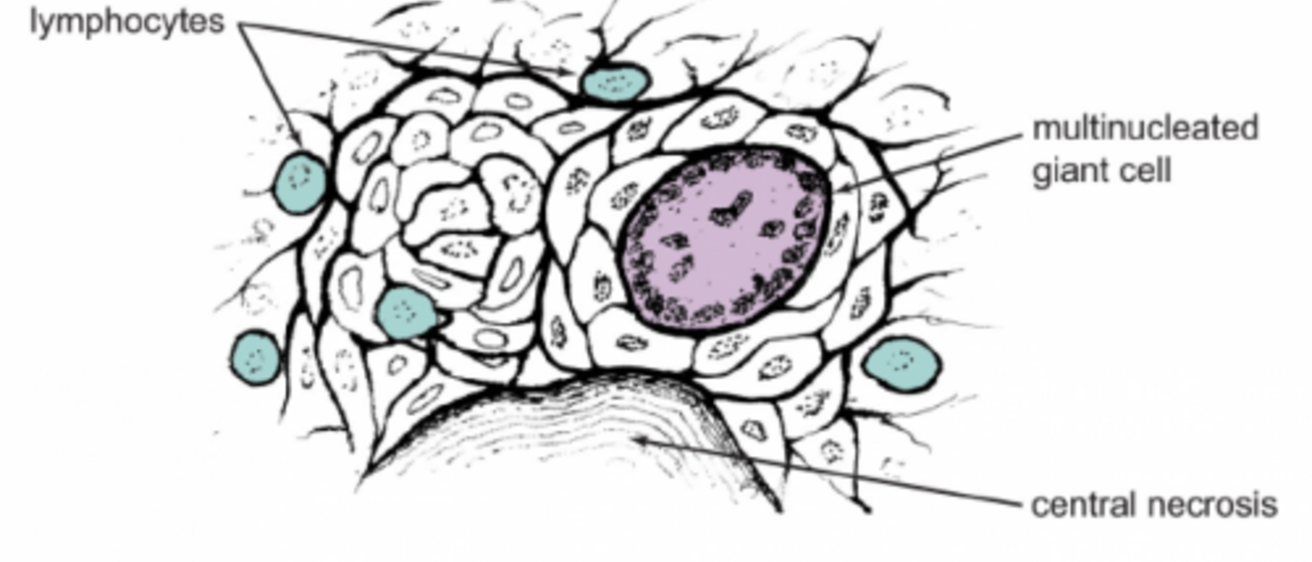Although we have recognized cryptococcosis as a disease entity for well over 100 years, there are many details about its pathogenesis which remain unknown. A major barrier to better understanding is the very broad range of clinical and pathological forms cryptococcal infections can take. One such form has been historically called the cryptococcal granuloma, or the cryptococcoma. These words have been used to describe essentially any mass lesion associated with infection, due to their presumed similarity to the quintessential granuloma, the tubercle in tuberculosis. Although clear distinctions between tuberculosis and cryptococcaldisease have been discovered, cellular and molecular studies still confirm some important parallels between these 2 diseases and what we now call granulomatous inflammation. In this review, we shall sketch out some of the history behind the term “granuloma” as it pertains to cryptococcal disease, explore our current understanding of the biology of granuloma formation, and try to place that understanding in the context of the myriad pathological presentations of this infection. Finally, we shall summarize the role of the granuloma in cryptococcal latency and present opportunities for future investigations.
Laura C. Ristow and J. Muse Davis-----PLOS Pathogens 2021
